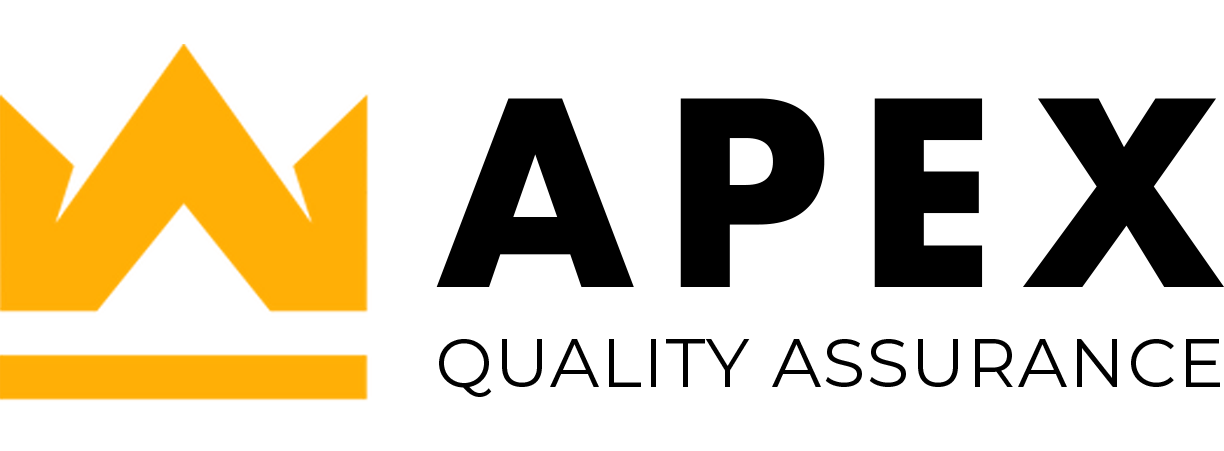LIVE ONLINE – Geometric Dimensioning & Tolerance (GD&T) Fundamentals (3-Day – 19.5 CPD Hours)
To better define a product to a customer or supplier, Geometric Dimensioning and Tolerancing (GD&T) is often used as a symbolic way of showing specific tolerances on drawings. GD&T is a valuable tool that effectively communicates the design intent to manufacturing and inspection. It is governed by the technical standard ASME Y14.5-2018, published by the American Society of Mechanical Engineers.
Within the 3-Day GD&T Fundamental's training you'll learn to:
- Determine whether to include GD&T controls on drawings based on its benefits and consequences
- Compute bonus Tolerance for a given application
- Select appropriate datum features based on fit and function
- Apply datum features on an MMB basis to provide additional tolerance when applied appropriate based on functional requirements
- Apply profile control based on relations, clarity, cost, fit and function
- Apply orientation controls cased on relations, clarity, cost, fit and function
- Apply position controls based on relations, clarity, cost, fit and function
- Apply other location controls (runout, symmetry, concentricity) based on relations, clarity, cost, fit and function
This seminar is designed for:
Product engineers
CAD designers
Manufacturing supervisors
Quality personnel
Program managers
Others who either create or read mechanical drawings.
Participants should have a basic understanding of blueprint reading.
Chapter 1: The Need for GD&T
- GD&T and its Importance in Drawings
Chapter 2: Definitions and Rules
- Relevant Definitions, Rules and Exceptions
- Define and Calculate Bonus Tolerance and Virtual Condition
- Breakout Exercise 1: MMC and RFS Use
Chapter 3: Form
- Tolerance Zone for Form Controls
- Interpret Form Controls Applied to Surface and to FoS
- Breakout Exercise 2: Form Controls
Chapter 4: Datums
- Differences Between Datum, Datum Feature, Datum Feature Simulator, and Datum Targets
- Select Appropriate Datums Based on Function
- Degrees of Freedom Constrained by Different Datum Feature Geometries and Sequences
- Identify if a Datum is being Applied to a Surface or to a Feature of Size
- When to Use Datum Shift and How It Works
- Breakout Exercise 3: Datum Figures
- Breakout Exercise 4: Datum Selection
- Breakout Exercise 5: Datum Shift
Chapter 5: Profile Tolerances
- Application of Profile Tolerance and the Effect on Form, Size, Location and Orientation while Adding Different Datums to the Feature Control Frame
- Exercise 6: Profile
Chapter 6: Orientation
- Orientation Controls Applied to Surface and to FoS
- Tolerance Zone for Orientation Controls
- Breakout Exercise 7: Orientation
Chapter 7: Position
- Interpret Position Control RFS with Tolerance at MMC
- Tolerance Zone for Position Control
- Interpret Composite Control, Relations, and Tolerance Zones Degrees of Freedom
- Breakout Exercise 8: Position
Chapter 8: Other Types of Locations
- Location Controls
- Free and Restrained States, the Elements of a Complete Restraint, and the Use of the Free State Modifier
- Breakout Exercise 9: Dimensioning and Tolerancing

